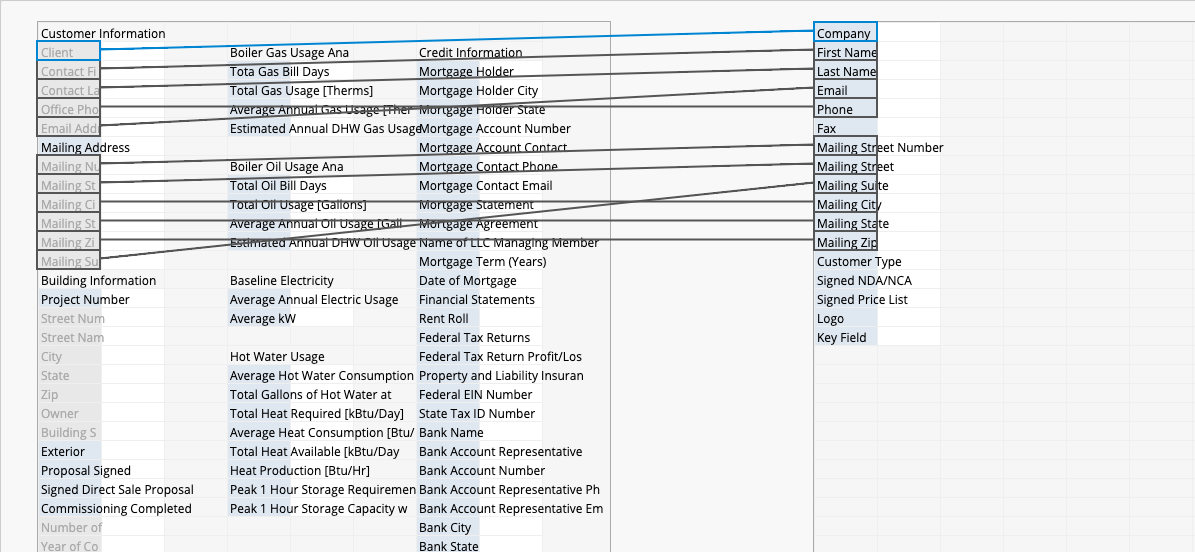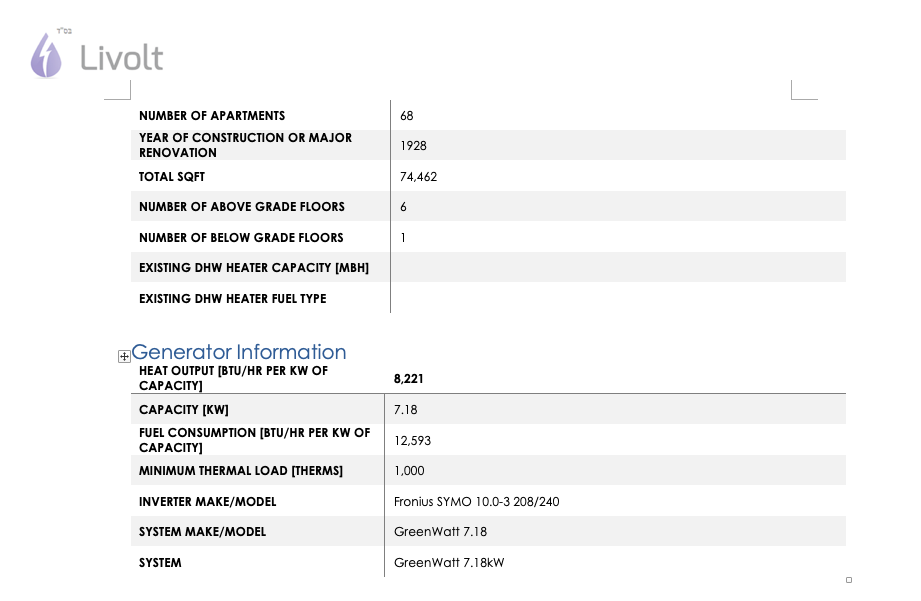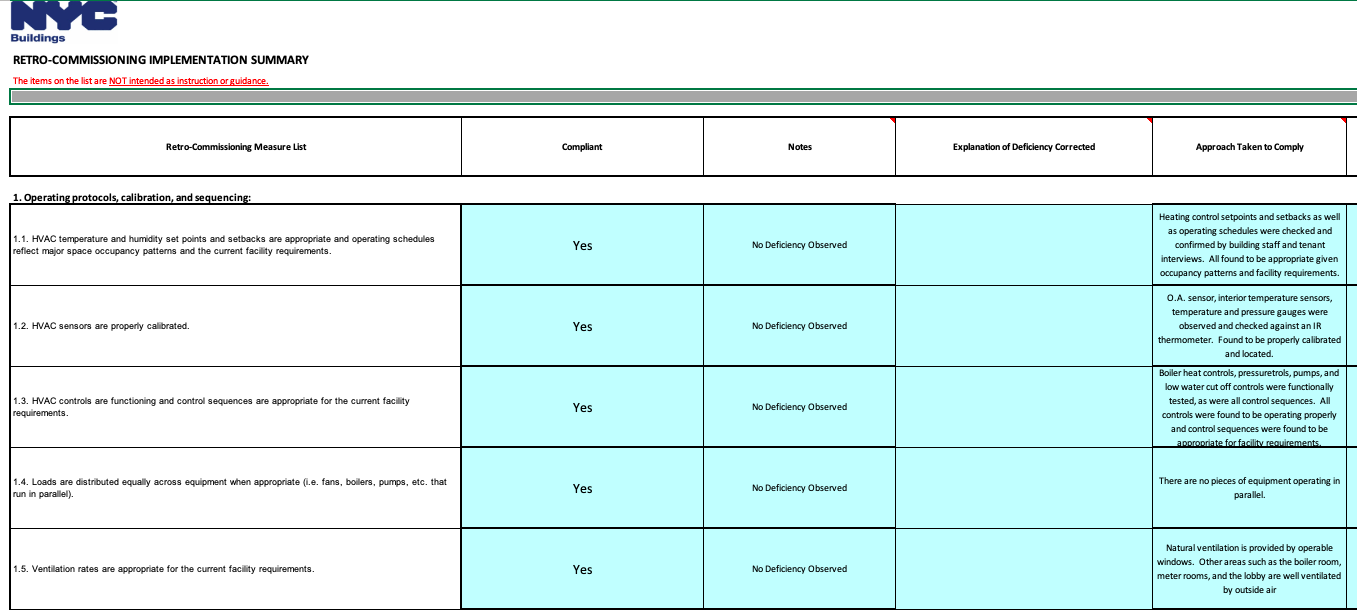"Just Ragic It" is Livolt's Approach to Data Managing

Being able to customize their own databases is an eye-catching factor for many companies while trying to find a software application to manage their data. This is also no different for Livolt, an energy consulting, processing, and product producing company. With Ragic being highly flexible and customizable, it has helped them massively in managing their data in terms of efficiency and accuracy.
Escaping the Nightmare With Spreadsheets
Nathan Winkler, the CEO of Livolt, was trying to find a database application that could process data and reports more efficiently. They previously had nightmares using Excel spreadsheets to store and process their data; data was in a complete mess and scattered across different files, had no connections between sheets, and could only copy and paste data many times to produce reports. The processes were absolutely painful as there was almost no automation and almost impossible to be certain on the data’s correctness. He then searched for a database software application that would help him escape from all the troubles he was having with Excel. After careful consideration, he selected Ragic as it is a database with the capability of building relations between sheets that he has the complete flexibility to create and customize his database to process the data and use the workflow he desires.

Starting His Own Customized Database
In the beginning, Nathan went through the documents and tutorial videos to gain insight into this database software. With him having some experience with other database programs, it only took him about a day to understand the basics of creating and using a Ragic database. As he was designing the database for his company, he soon realized that he can build as many relationships between sheets as he would like. So rather than copying and pasting from one spreadsheet onto another continuously, he can easily select records from other sheets and load selected information via link & load. What also helped him massively was the fact that he was able to have his sheet relations “go as deep as he'd like” by creating new sheets from subtables or adding reference subtables. He can easily create an unlimited chain of referenced sheets and have a field displayed on as many sheets as he’d need. This benefits him heavily by keeping all his data consistent in any sheet.

With his sheets now in sync and working properly, Nathan then proceeded to design a workflow for producing the reports he needed. Rather than copying and pasting data from different spreadsheets and producing in an undesirable format, Ragic’s mail merge function eliminated those disadvantages massively. The main idea for mail merge in Ragic is to automatically export data from Ragic onto an external spreadsheet software in a predesigned format. As this action is automated after executing with an action button, Nathan not only saved a huge amount of time but also notably reduced the possibility of making mistakes from entering data manually. Basically, if he processed the records correctly in Ragic, he won’t run into any mistakes when exporting data to create a report. Whereas if he was still manually keying-in or copying and pasting from one file to another, there may be quite a few human errors. If he was unfortunate enough, he might have human errors on his reports that could never be found and then affect his work negatively on a larger scale.


Collaboration and Teamwork Success
These tools have allowed Nathan to decide using Ragic to basically run the data management aspect of Livolt. He then purchased more internal users for his database so that his colleagues could collaborate on the customized database. Certainly, Nathan faced some obstacles while he and his colleagues were migrating onto the new software application. They also need to go through the learning process of Ragic and also the concepts of Nathan’s customized database. However, since the database was customized by the CEO of the organization rather than an external IT partner, the process was much easier. An internal member of the company would always have a better understanding of the data and workflow compared to any other external professionals, which means that internal members would definitely design a more suitable and straightforward database if they have the ability to do so, especially if you are the owner of the company.

Just Ragic It
The whole Livolt team found a lot of success as they progressed with their Ragic database. Just like what Nathan has experienced in the beginning, being able to link different sheets and use mail merge to produce reports has helped them save a lot of time and minimizing the number of human errors. They can create a meta-analysis report with better quality, validation, and speed with those tools. Now, the Livolt team members even created a colloquial phrase between themselves: "Just Ragic it”. This means that whenever the company needs to store or process data differently or need to produce new reports, they would go and design new sets of sheets with their desired workflows. Furthermore, it was also easy and flexible for them to integrate with other servers or applications with Zapier or creating their own customized scripts. They wouldn’t be able to do so if they weren’t using an application that has this level of flexibility in customization.
Like all other Ragic database administrators, Nathan and his team members have received much assistance from Ragic’s support team. Whenever they have encountered a bug, are stuck while designing a new sheet, or would need some suggestions regarding their database, they would click on the “Need Help” button located on the top-right corner of their screen to contact Ragic Support. When their support ticket is submitted, Ragic Support will then access the database to have a better understanding of the issue to then provide solutions. Sometimes when the issue is more complicated, they would arrange a conference call with a representative from Ragic Support to share screens and find what the problem is. According to Nathan, Ragic Support has helped massively in building and using his own customized database, which prompted him to use this software as the core for his company data.

Database Building Never Ends
Although Nathan already has a very comprehensive database for Livolt, he isn’t planning to stop enhancing it anytime soon. Since Ragic has been the core of his company’s data for many years, he has created many different sheets at different times with different needs and logic. However, the issue is that the sheets are not structured in a manner that his colleagues will fully understand the logic of all sheets. If possible, he would like to spend some time restructuring his database. Fortunately, he will have the ability to restructure his database all by himself since you won’t need an IT expert to use codes to modify the design of his sheets. Other than reformatting and rebuilding his sheets in the database, Nathan would also like to integrate his database with other software applications. As mentioned previously, with Zapier being available on Ragic, Nathan can already integrate with many popular software applications. In the future, if he’ll need to integrate with more applications that are not supported by Zapier, he may integrate using API concatenation or other programming methods.

Why Would You Need Ragic?
If you are looking for a database solution or your company, Nathan highly suggests giving Ragic a try. It may be a new challenge as you’ll have to design and customize your own database, but it will all be worth every penny after being familiar with the software. In the beginning, you’ll definitely still need some patience to get an idea of how Ragic works by going through the tutorials, documents, and videos. However, with Ragic having a simple interface, the learning process will be much easier and faster than expected. And with Ragic being a highly customizable database, it can be applied to almost any company in any industry. On a side note, Nathan stated that the pricing of Ragic is really reasonable. Not only because the product isn’t expensive, but also because it is calculated by the number of internal users in the database. So even if you are the only user for your database, you’ll still be paying a really reasonable price.

Many organizations have found lots of success in managing and processing their data with Ragic, including Nathan and his company Livolt. With Ragic, companies have improved their efficiencies, correctness, and communication. These improvements will ultimately lead to the growth of businesses including the increase of income and profit. There are no doubts about the fact that Ragic can be a very helpful tool for any organization willing to improve and upgrade. And according to Nathan, he and his company would now be unable to function properly without Ragic.
Category: Case Studies > Energy and Utilities



